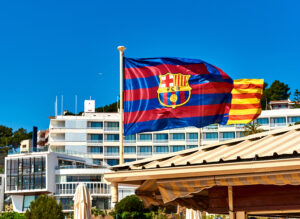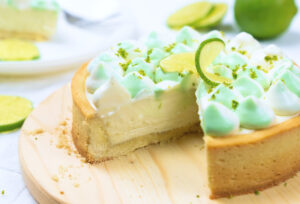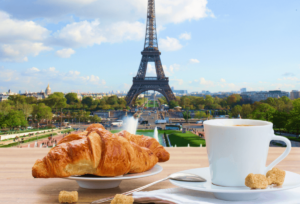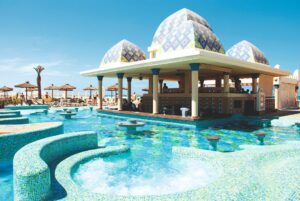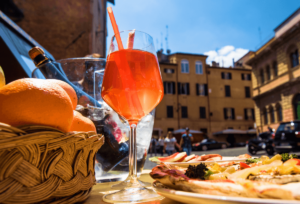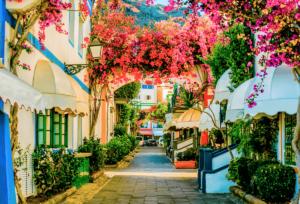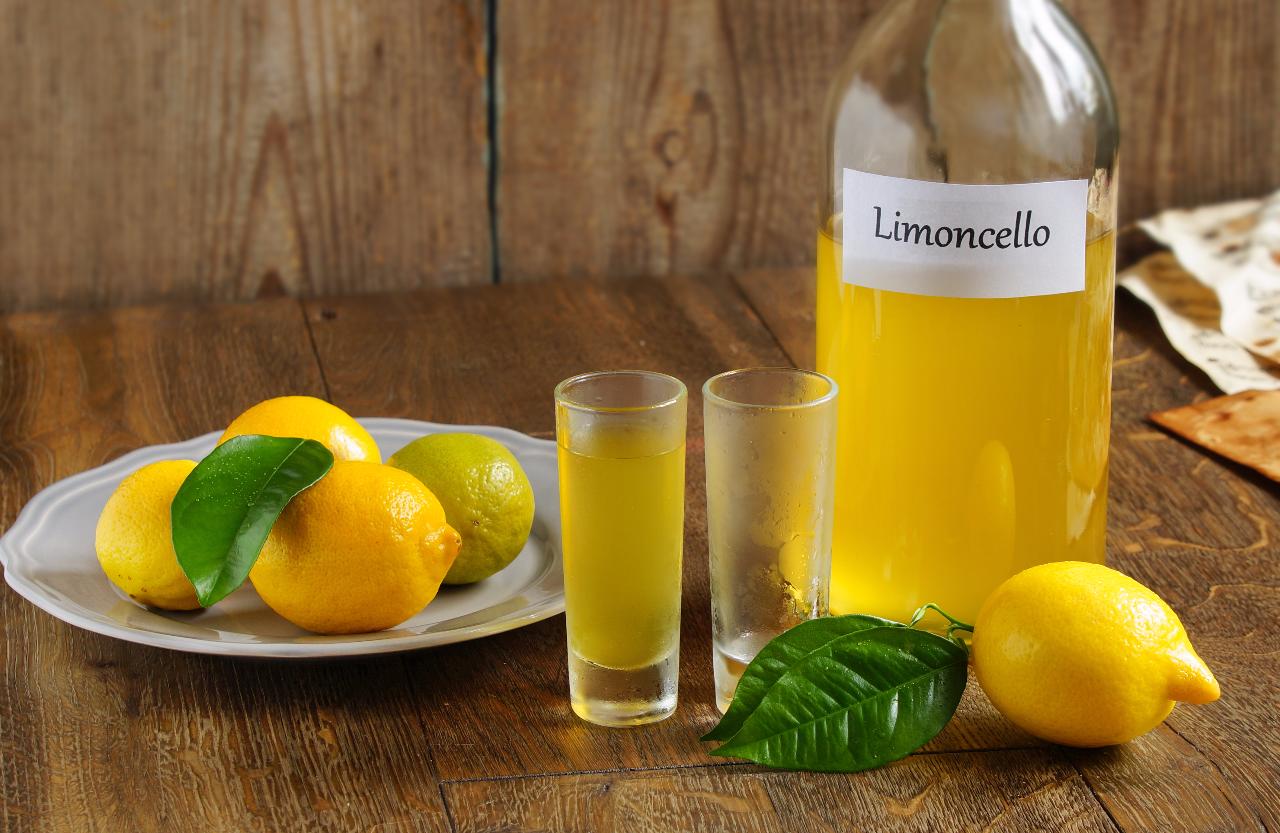

Going to a traveller’s hot spot, you’re often presented with a drinks list that seem suspiciously more dreamt up for tourist taste than something you’d find in a local’s drinks cabinet. So here’s an insider’s guide to some real international tipples.
Italian limoncello
Limoncello is a lovely Italian liqueur made, as the name suggests, from lemon zest. Made in Southern Italy for at least a hundred years, it can vary in sweetness or sharpness according to region and brand.
It is traditionally served by chilling small ceramic glasses and pouring the chilled spirit into it as an after dinner digestif. If you don’t happen to have the little ceramic cups handy, shot glasses or small cordial glasses will do.
French Lillet
Lillet is an aperitif drunk in France, made in a small village just south of Bordeaux. It is produced from about 85% Semillion or Merlot wine and 15% bitter liqueur, usually one made from lemon peel or a South American quinine. It is then aged in oak vats and treated much like a fine wine, though it is potent – the fortified wine runs about 17% alcohol. Lillet must be drunk ice-cold, so locals keep the bottle and some glasses in the freezer ready.
Italian grappa
Grappa is an Italian grape based brandy that is made from the remains of the fruit after the juices have been removed from wine – the Italian wine producer’s way of not wasting a thing! It was popular after dinner in the past but until recently it had started to become known as a bit of an old person’s drink – something like sherry in the UK. Now though, grappa is undergoing a revival, with varieties being aged in oak barrels or infused with herbs.
Galician crema de aguardente
The northwest region of Spain, Galicia, is well known for the quality and variety of a particular kind of clear Spanish spirit called “Aguardiente”, made from grapes. You can drink it straight, and it also comes in herbal versions with added chamomile and our favourite, coffee versions. If you like your coffee sweet and black, try “Licor café”, where the liquor is mixed with sugar and coffee. Even better in our humble opinion is crema de aguardente – aguardiente with coffee, cream, milk, and sugar.
Even better than that? Some Galicians drink the potent spirit for breakfast before a hard day’s work in the field.
Croatian rakija
Talking of taking a little hard liquor for breakfast, this is exactly what the hard drinking people of Croatia traditionally do too – only without the additions of coffee and cream. Rakija is basically a moonshine that is often home-distilled and can be dizzyingly strong. You also get the feeling that it can be made from anything that people can get their hands on, but the most favoured flavours are apricot, plum, and honey. Don’t expect it to be fruity and sweet though – the flavour of rakija is more like straight vodka than anything else.
Now, we’re not recommending that you start slugging back a shot of spirits for your holiday breakfast… but at least you’ll know what to ask for when it comes to your round!

